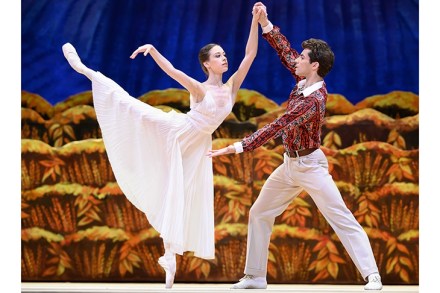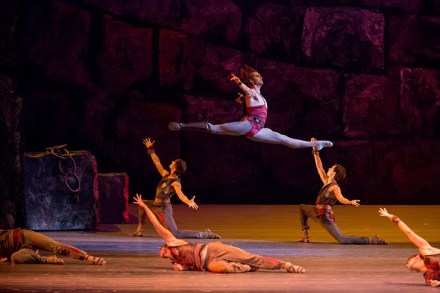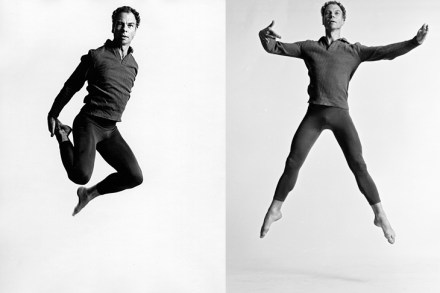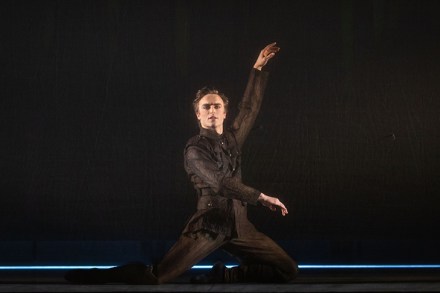How to make a Christmas ballet hit: behind the scenes at Scottish Ballet’s Snow Queen
Ballet, like bread sauce and green chartreuse, is often just a Christmas thing and the UK’s national companies plan their schedules accordingly, surrendering to the cold fact that a Christmas hit can cross-subsidise less bankable sections of the repertoire. The Nutcracker is the safest choice — English National Ballet’s unbroken run began in 1950 when sugar rationing was still in force — but Christopher Hampson, director of Scottish Ballet since 2012, is committed to the ‘Five in Five’ programme that marks the company’s golden jubilee: five new full-length productions in five years. Hampson’s The Snow Queen will be the second in the series and is touring with 57 performances, half
















